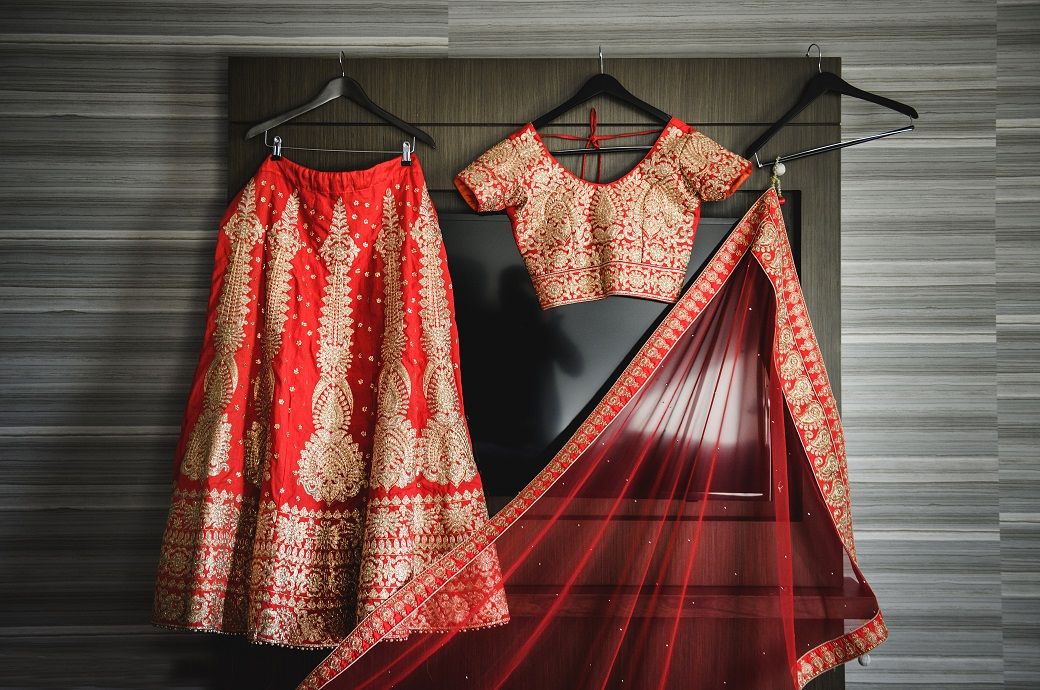
More than 60 per cent of the respondents attributed the weak performance to the general economic slowdown, while 14 per cent attributed it to high prices. However, 13 per cent respondents felt the lesser number of auspicious dates as compared to the previous season contributed to the drop in sales.
When compared to the wedding season in the year 2022, a huge majority of 83 per cent of the respondents revealed that there has been ‘no growth’ as compared to the previous season. Most respondents (40 per cent) indicated a drop in sales between 10-25 per cent over the previous year. A large majority of almost 85 per cent of the respondents indicated that economically priced products fared better than the more expensive varieties. Lighter embroideries and pastel colours were more in demand, as per the survey results.
“Currently the market is seeing a fairly significant slowdown, which has been caused by the overall inflationary conditions in the market. The first quarter of the current financial year is likely to be disappointing for the industry, and the impact is being felt by both the value as well as the upper segments of consumers,” said Rajesh Masand, president, Clothing Manufacturers Association of India (CMAI).
“Exposure to western culture with accessibility to content over social media platforms are influencing the dressing patterns, and fashion sense amongst the youth, which is causing a gradual shift from traditional clothing to western clothing especially in the women’s wear segment. On the other hand, some sort of a ‘return to tradition’ is being seen in the men’s wear segment, with more men wanting to wear traditional clothing during festivals and weddings,” said Rahul Mehta, chief mentor, Clothing Manufacturers Association of India (CMAI).
The apparel industry has been growing at a fairly consistent rate of 8-10 per cent per annum. Post-pandemic the apparel industry witnessed a revival in the year 2022 with consumers going back to the physical stores and markets, and the year 2022-23 is estimated to have grown by between 15-20 per cent. However, with the costs of raw materials as well over all cost of production having gone up substantially, this growth has been entirely price-led, and the volumes would still be below the previous year by 3-5 per cent.
Fibre2Fashion News Desk (DP)